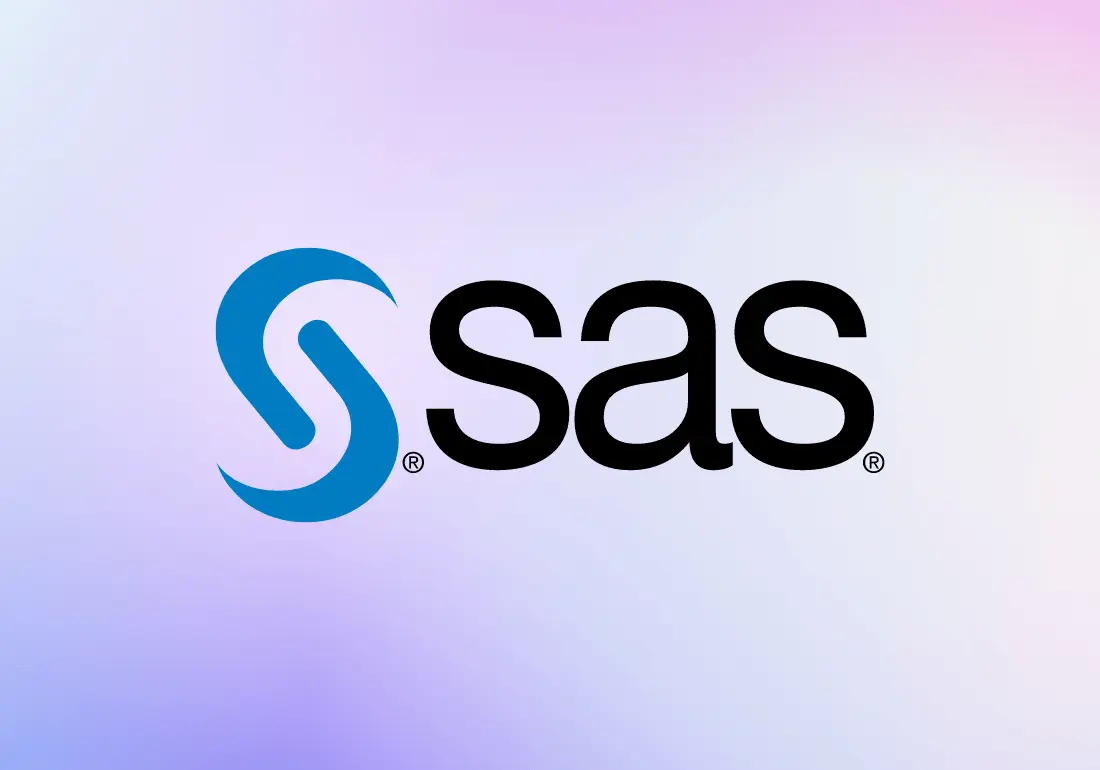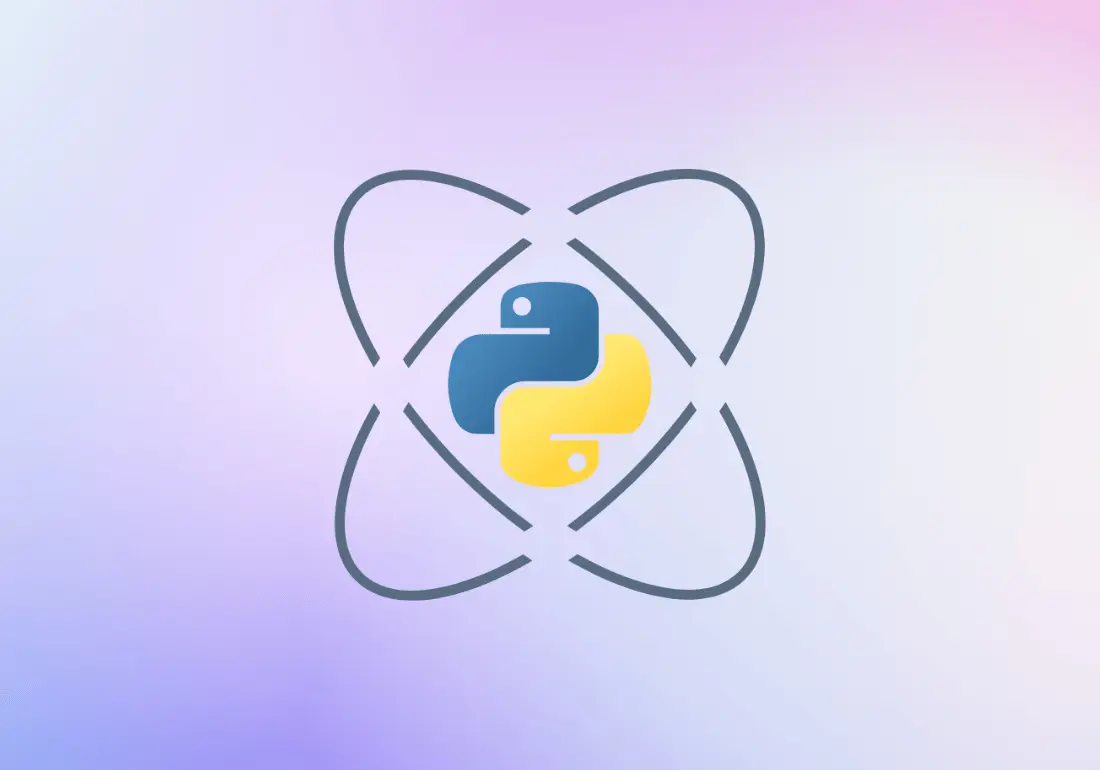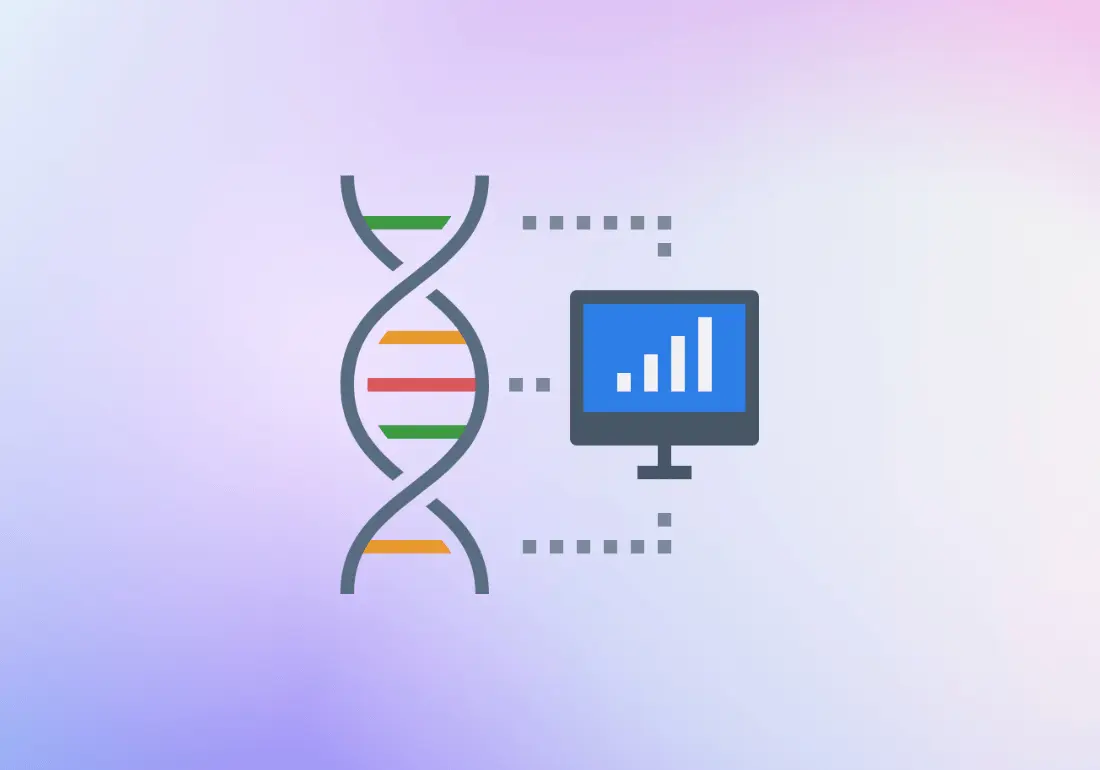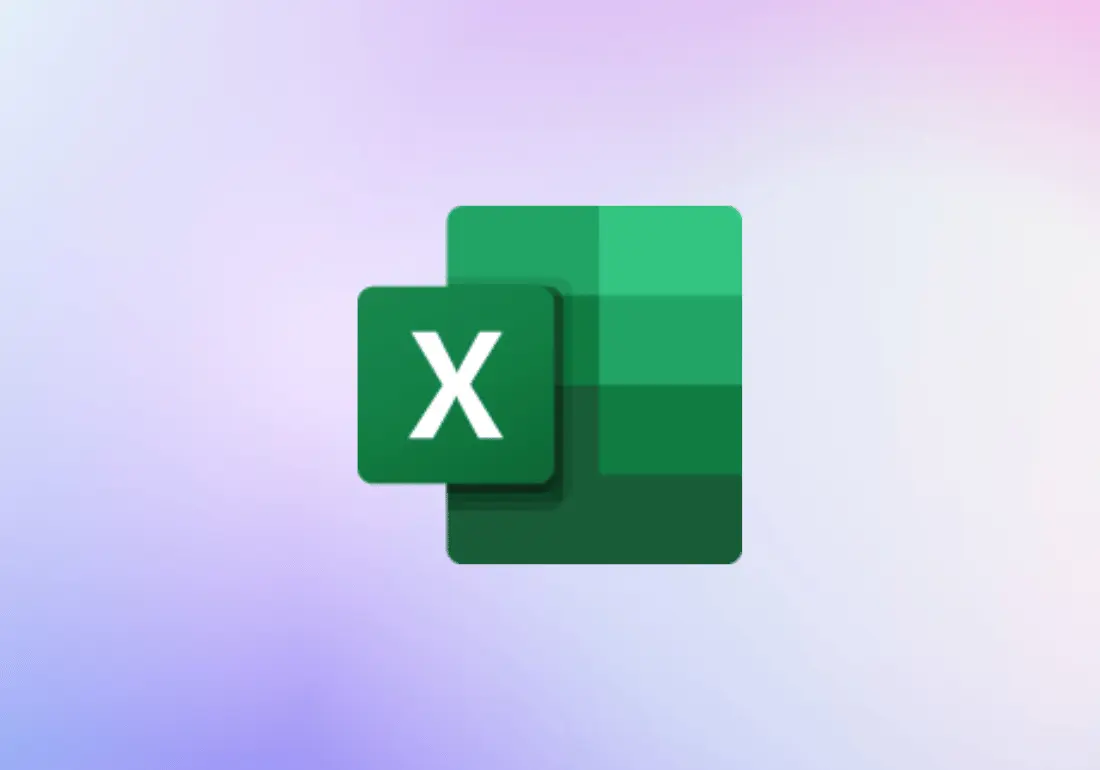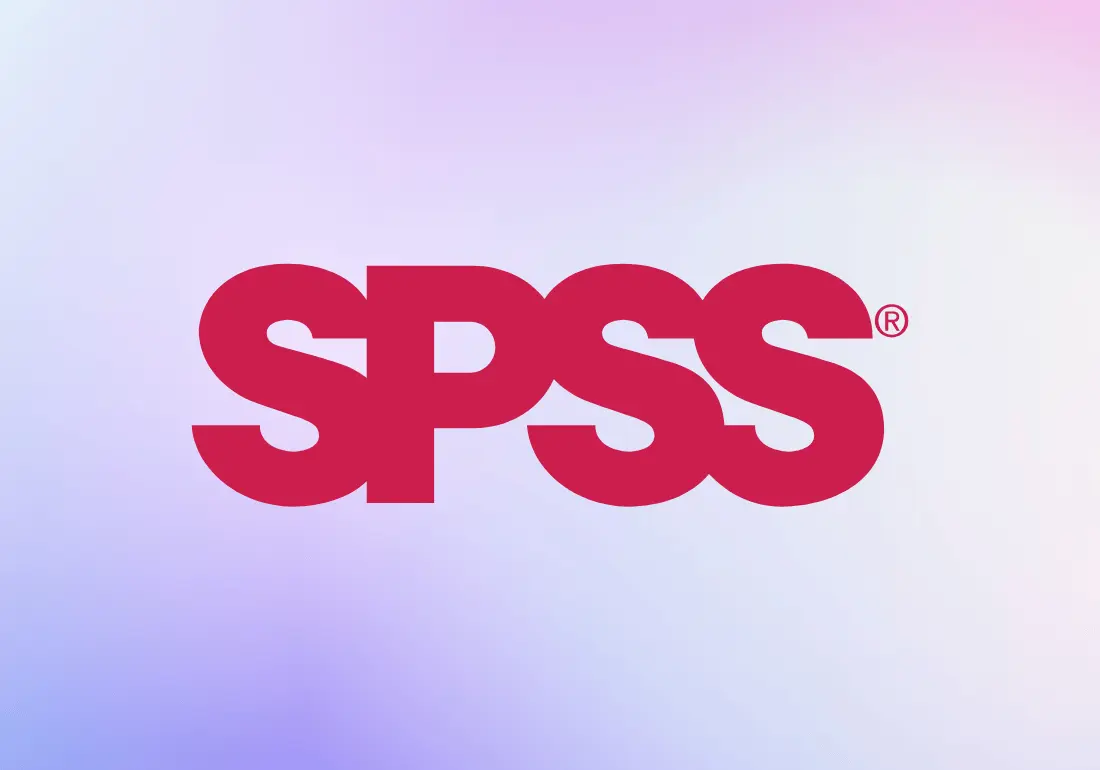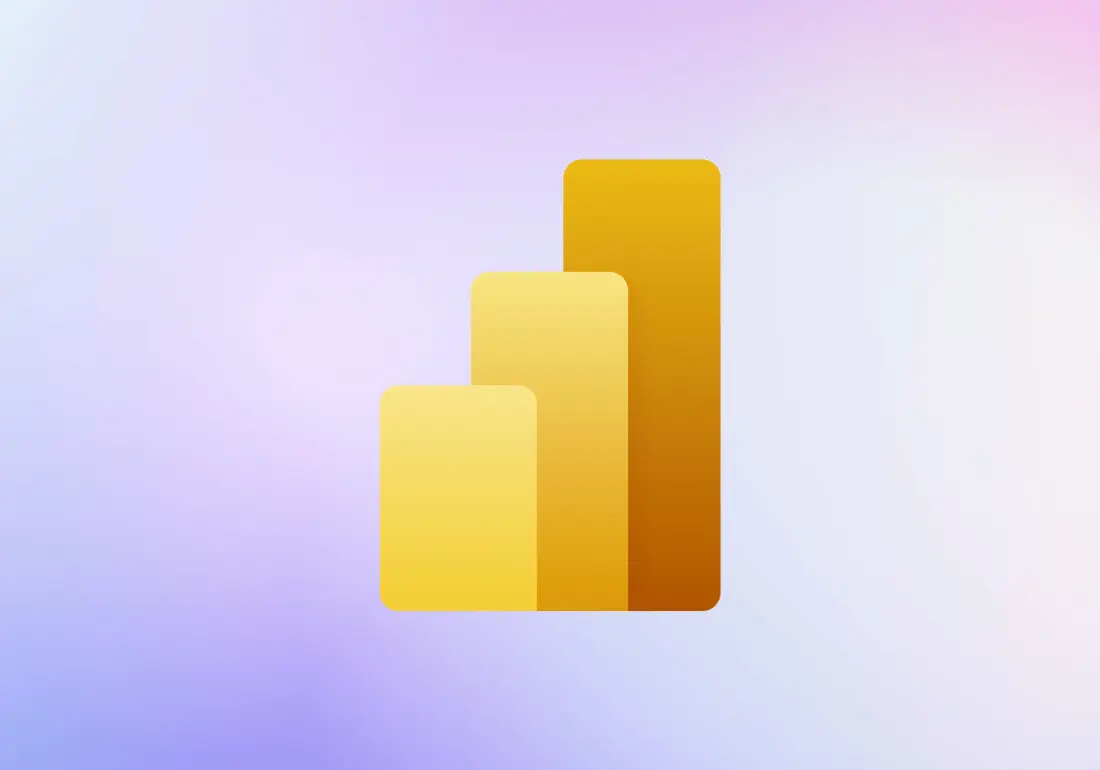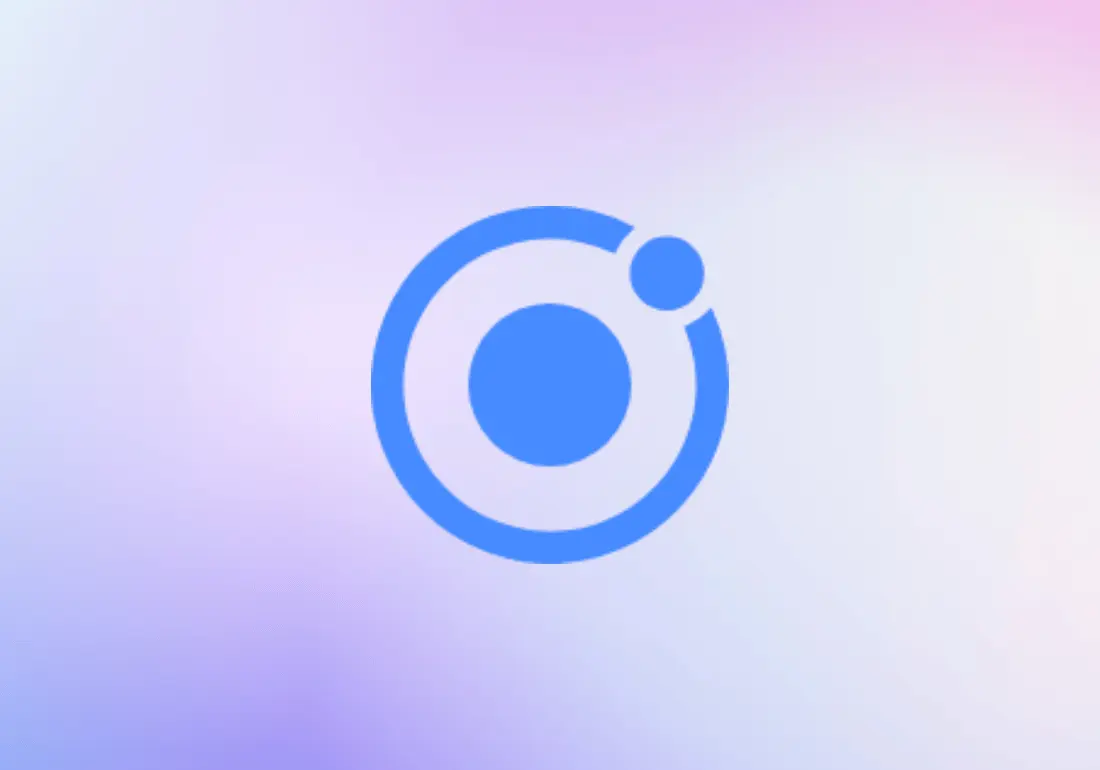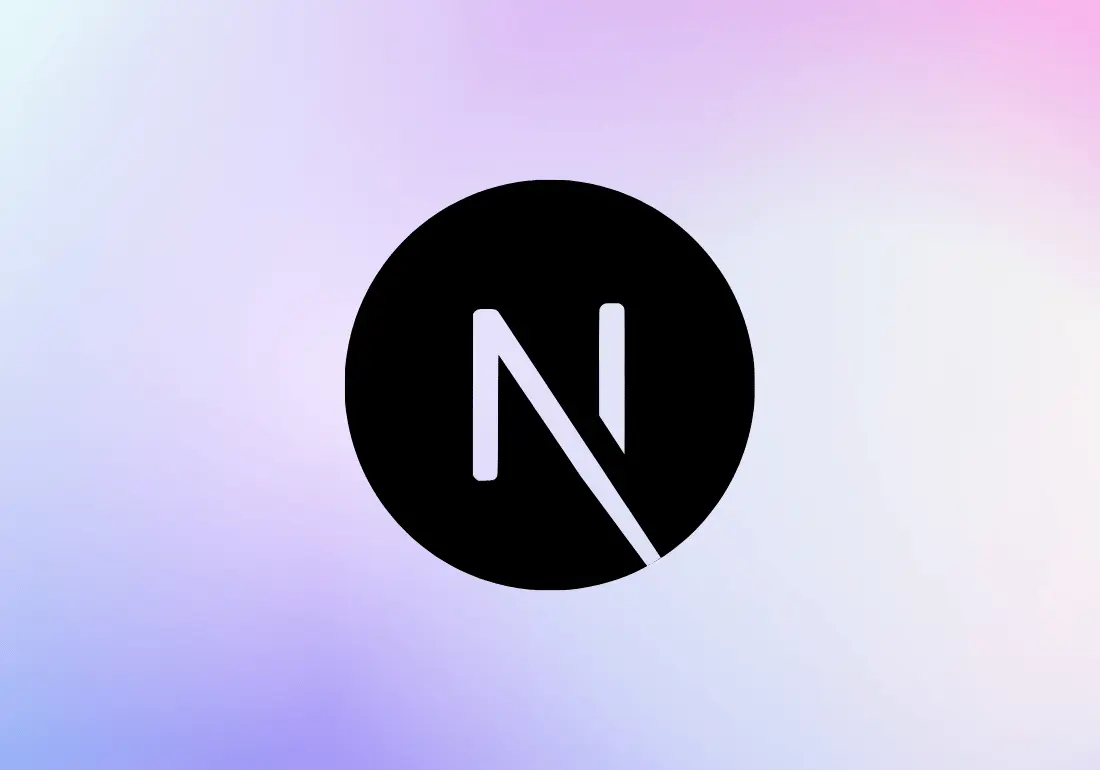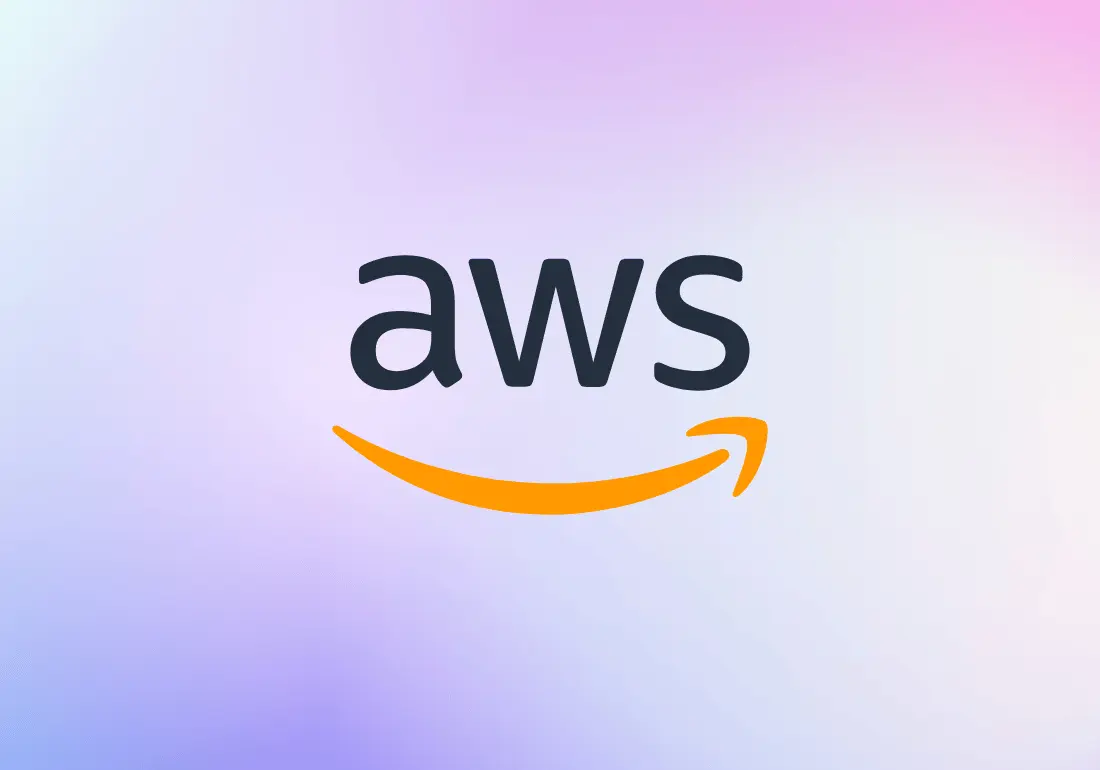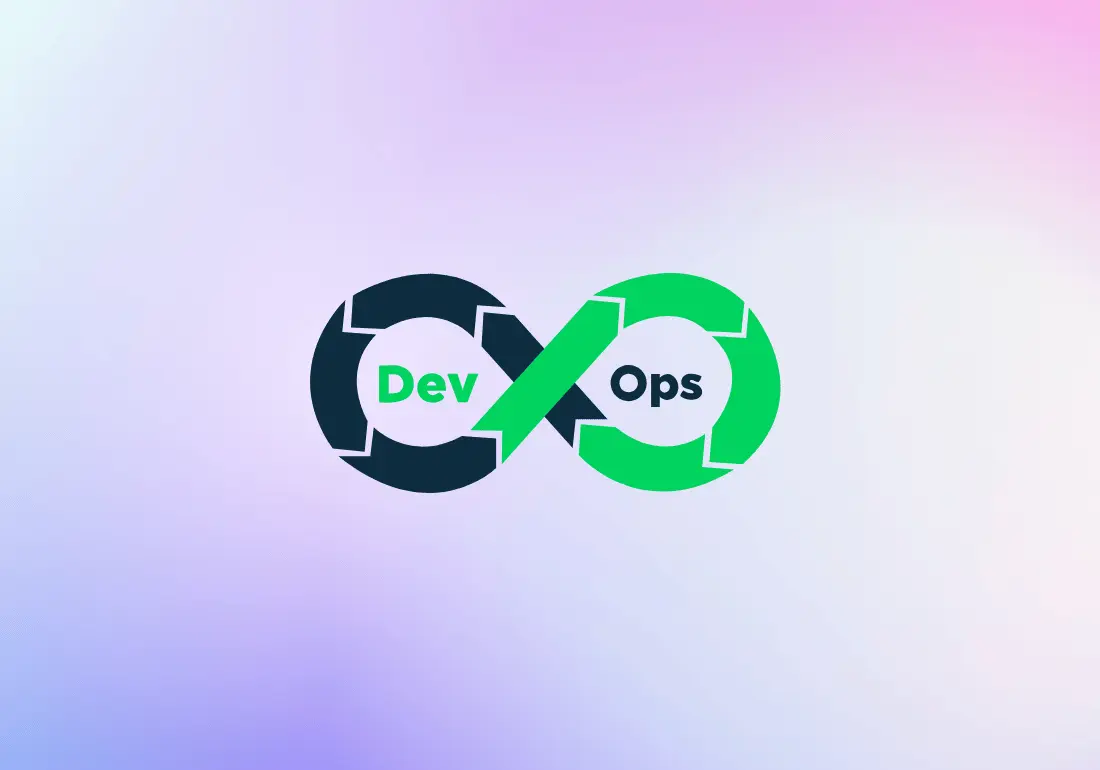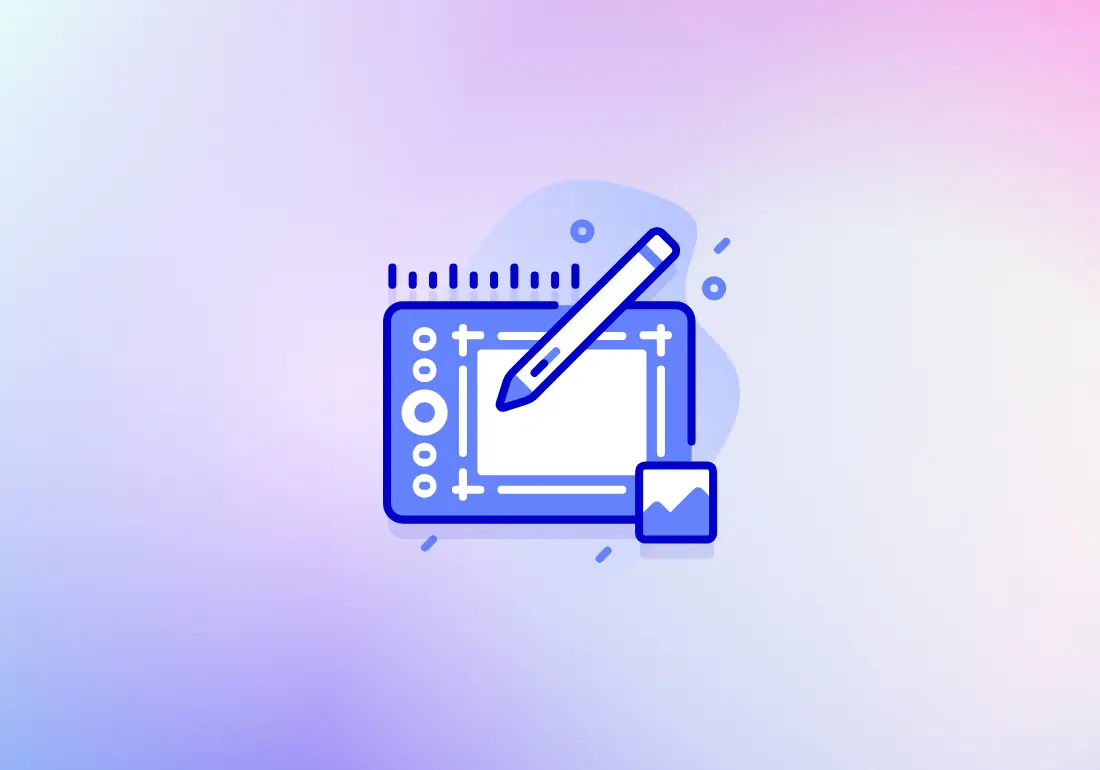Best Data Science with R Training in Chennai
Modules in Data Science with R Training: Core R Programming, Data Extraction, Data Cleaning, Data Formatting, Data Visualization, Statistical Methods, R Libraries, Data Science Algorithms, Machine Learning, and Projects.

Data Science with R Training
Data Science is the most sought-after factors in the present-day scenario. On the wake of increasing amount of data accumulated every day, one requires a sophisticated methodology – Data Science - to arrive sane results out of insanely humongous data. Data Science can be applied to data using any one of the tools available which includes R Programming.
R Programming is one of the most widely used analytics tool for performing Data Analysis apart from SAS and Python. R has huge capabilities and has rich statistical and reporting functionalities. R Programming like other programming languages has its own set of syntaxes, variables, and tool-specific capabilities which will be covered in the training.
At the outset, students will be taught the basic concepts of R Programming which includes syntaxes, variables, data types, operators, control statements, switch, loops, functions, data frames, data manipulation, data extraction, pivoting, database source connectivity, CSV and Excel file loading, loading SAS, SPSS, STATA files, web crawling, R Statistics, charts and graphs, third-party R Packages.
Going further, once the candidates gets hang of basics of R Programming, our program will move on Data Science in which various algorithms such as Classification, Clustering and Regression will be discussed in detail along with their real-time use cases and examples. Candidates will be given periodic assignments after completion of certain concepts, which will be evaluated by the trainer.
Methodology
We at Ampersand Academy, devised excellent methodology for training Data Science using R Programming. Our Data Science using R Programming can be opted by anyone with or without R Programming Knowledge. Candidates who are experienced in R Programming can kick off directly in to Data Science and those who have no knowledge can start with R Programming and then move on to Data Science. Our unique approach enables students to get the best out of the training.
COURSE OVERVIEW
Data Science Using R Course
Our curriculum is carefully structured to balance practical and theoretical learning, with a strong emphasis on hands-on experience. We ensure that our students not only understand the core concepts of Data Science using R but also know how to apply them effectively in real-world scenarios. To reinforce learning, we provide a variety of assignments, mini-projects, and assessments throughout the course, ensuring that students are well-prepared to tackle data science challenges with confidence and competence.
Data Science using R Programming Course Curriculum
What Ampersand Academy provides for Data Science using R Programming
1. Introduction to R and RStudio
- Overview of R
- History and evolution of R.
- Key features and applications in data analysis.
- Setting Up R Environment
- Installing R and RStudio on different operating systems.
- Navigating the RStudio: Console, Source, Environment, and History panels.
2. Basics of R Programming
- Introduction to R Syntax
- Basic syntax, variables, and data types.
- Arithmetic operations and basic functions.
- Control Flow
- Conditional statements: if, else, if-else.
- Loops: for, while, and repeat.
- Break and next statements.
- Functions
- Writing and using functions.
- Arguments and return values.
3. Data Structures in R
- Vectors
- Creating, accessing, and modifying vectors.
- Vectorized operations.
- Matrices
- Creating and manipulating matrices.
- Matrix operations.
- Lists
- Creating and using lists.
- Accessing list elements.
- Data Frames
- Creating, accessing, and modifying data frames.
- Data frame operations.
- Factors
- Creating and using factors.
- Factor levels and reordering.
4. Data Import and Export
- Reading Data into R
- Reading CSV, Excel, and JSON files.
- Using readr and readxl packages.
- Exporting Data
- Writing data to CSV, Excel, and JSON files.
- Using write.csv, write.xlsx, and jsonlite.
5. Data Manipulation with dplyr and tidyr
- Introduction to dplyr
- Using select, filter, mutate, arrange, and summarize functions.
- Grouping data with group_by.
- Data Tidying with tidyr
- Using gather, spread, separate, and unite functions.
- Reshaping and tidying data.
6. Data Visualization with ggplot2
- Introduction to ggplot2
- Understanding the grammar of graphics.
- Creating basic plots: scatter plots, line charts, bar charts.
- Customizing Plots
- Adding titles, labels, and themes.
- Customizing colors, shapes, and sizes.
- Advanced Visualizations
- Creating faceted plots.
- Using ggplot2 extensions for specialized plots.
7. Data Visualization with googleVis
- Introduction to googleVis
- Understanding the grammar of graphics.
- Creating basic and advanced plots: scatter plots, line charts, bar charts.
8. Descriptive Statistics
- Calculating Descriptive Statistics
- Mean, median, mode, variance, and standard deviation.
- Data Summarization
- Using summary, aggregate, and other summary functions.
9. Inferential Statistics
- Hypothesis Testing
- Introduction to null and alternative hypotheses.
- Performing t-tests and chi-square tests.
- Correlation and Regression Analysis
- Pearson and Spearman correlation.
- Simple and multiple linear regression.
- Logistic regression.
10. Time Series Analysis
- Introduction to Time Series Data
- Understanding time series components.
- Time Series Decomposition
- Decomposing time series data into trend, seasonal, and residual components.
- Time Series Forecasting
- Using ARIMA and exponential smoothing models for forecasting.
11. Machine Learning with R
- Introduction to Machine Learning
- Key concepts and terminology.
- Overview of supervised and unsupervised learning.
- Supervised Learning Algorithms
- Linear and logistic regression.
- Decision trees and random forests.
- Unsupervised Learning Algorithms
- K-means clustering and hierarchical clustering.
- Model Evaluation
- Cross-validation and performance metrics.
12. Advanced Analytics Techniques
- Dimensionality Reduction
- Principal Component Analysis (PCA).
- Factor Analysis.
- Natural Language Processing
- Text mining and sentiment analysis.
- Network Analysis
- Creating and analysing network graphs.
13. Project
Comprehensive Analytics Project
Course Duration and Planning
Our Data Science using R Programming course spans over 75+ hours of in-depth, trainer-led instruction. The curriculum is meticulously designed to cover every aspect of data science with R, ranging from foundational concepts to advanced methodologies. Training sessions are flexible, offering both classroom and online learning options to fit your schedule, ensuring comprehensive coverage of the entire syllabus. The table below outlines our approach to delivering this training.
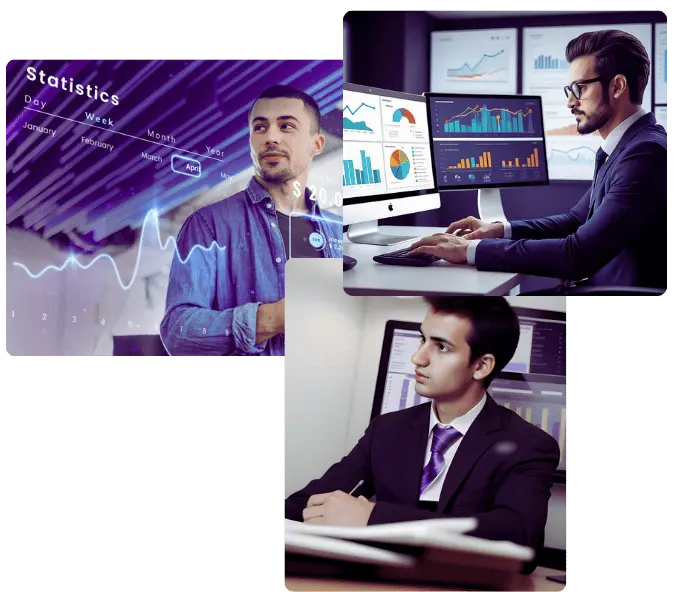
Who Is this course for?
Skills you can add to your CV:
Scope of Data Science using R
R, a comprehensive statistical analysis language and environment, is a cornerstone in the field of data science. As an open-source platform, it excels in statistical modeling and graphics. R is pivotal for data manipulation, calculation, and graphical display. It is extensively used for advanced analytics, including linear and nonlinear modeling, classical statistical tests, time-series analysis, classification, clustering, and more. With its vast array of packages and community support, R enables data scientists to analyze complex datasets with greater ease and insight.
Prerequisite for learning Data Science using R
Various positions offered for Data Science using R
Placement Stats
Mazimum Salary Hike
Average Salary Hike
Our Alumni In Top Companies



Career Support We Provide
We provide tailored career support to help you thrive in the field of Data Science using R Programming. Our comprehensive services include personalized coaching, resume optimization, interview preparation, and job placement assistance, ensuring you are fully prepared to secure top positions in the industry.
Trusted and Recommended: 4.9 Stars Everywhere You Look
Ampersand Academy has consistently received 4.9-star ratings on Google, Facebook, UrbanPro, Sulekha, and Just Dial, reflecting our commitment to providing exceptional education and support.
Insightful and Practical
Highly Recommended for Aspiring Data Scientists
Awesome work! 💪
FAQs for Data Science using R Programming
1. What is Data Science using R Programming?
Data Science using R Programming involves the application of R, a powerful statistical programming language, to analyze, visualize, and interpret complex datasets. R is widely used in data science for its extensive libraries and packages that support statistical analysis, machine learning, and data visualization, making it a preferred tool for data scientists and analysts.
2. Why should I learn Data Science using R Programming?
R Programming is essential for anyone looking to build a career in data science because of its strong statistical capabilities, comprehensive packages for data analysis, and the ability to handle large datasets efficiently. Learning R enhances your ability to perform sophisticated data analysis, making you a valuable asset in industries that rely on data-driven decision-making.
3. Who is eligible to take the Data Science using R Programming course?
The course is suitable for aspiring data scientists, statisticians, researchers, analysts, and professionals in fields such as economics, finance, healthcare, and marketing. It is also ideal for career changers looking to enter the field of data science. Basic knowledge of programming and statistics is recommended but not mandatory, as foundational concepts will be covered.
4. What are the key topics covered in the Data Science using R Programming course?
The course covers a range of topics, including R programming basics, data manipulation, data visualization using ggplot2, statistical modeling, machine learning algorithms, data cleaning, exploratory data analysis (EDA), and advanced topics such as time series analysis and text mining.
5. How is R Programming different from other data science tools like Python?
R Programming is specifically designed for statistical analysis and data visualization, making it a preferred choice for data scientists focused on statistical modeling. While Python is more versatile and widely used in various domains, R’s specialized packages like ggplot2, dplyr, and caret provide powerful tools for data analysis, especially in academic and research settings.
6. What are the prerequisites for enrolling in the Data Science using R Programming course?
Basic understanding of computer operations and a keen interest in data science are the primary prerequisites. Familiarity with programming concepts and basic statistics will be advantageous, but the course is designed to start with fundamental concepts, making it accessible to beginners.
7. What career opportunities are available after completing the Data Science using R Programming course?
Completing this course opens up numerous career paths, including roles such as Data Scientist, Data Analyst, Statistician, Research Analyst, and Business Intelligence Analyst. Industries such as finance, healthcare, marketing, and academia are constantly seeking professionals skilled in R for data-driven roles.
8. How does the course prepare me for real-world data science challenges?
The course includes hands-on projects, case studies, and practical assignments that simulate real-world data science problems. You will work with actual datasets, applying R Programming techniques to solve business challenges, which prepares you to tackle data-driven issues in your career effectively.
9. Will I receive a certification upon completing the Data Science using R Programming course?
Yes, upon successful completion of the course, you will receive a certification from Ampersand Academy that validates your expertise in Data Science using R Programming. This certificate is widely recognized and can enhance your professional credibility in the job market.
10. What kind of support can I expect during the course?
Students receive support through one-on-one mentorship, course materials, and interactive Q&A sessions with instructors. Additionally, we offer career support services, including resume building, mock interviews, and job placement assistance.
11. Can I take this course online, and is it flexible for working professionals?
Yes, the course is available online with flexible scheduling options to accommodate working professionals. You can choose from live instructor-led sessions or self-paced learning modules, ensuring you can balance your studies with your professional commitments.
12. What tools and technologies will I learn in this course?
You will learn to work with various R packages such as dplyr, ggplot2, tidyr, caret, and shiny. The course also covers RStudio, a popular IDE for R, and introduces tools for data visualization, statistical modeling, machine learning, and data manipulation.
13. How does this course compare to other Data Science courses offered at Ampersand Academy?
While all our data science courses are designed to provide comprehensive training, the Data Science using R Programming course focuses more on statistical analysis and visualization using R. It is ideal for those who wish to specialize in data analysis and statistical modeling, particularly in academic and research environments.
14. What projects will I work on during the course?
Throughout the course, you will engage in projects such as predictive modeling, customer segmentation, sentiment analysis, and time series forecasting. These projects are designed to apply the concepts learned in class to real-world data scenarios, helping you build a strong portfolio.
15. How does the Data Science using R Programming course help with job placement?
Our job placement assistance program includes resume enhancement, interview preparation, and access to job openings through our HR network and alumni connections. We also provide project portfolio assistance to showcase your practical experience, significantly improving your job prospects in the field of data science.

